Announcements

Presentation of the project PROTEAS at the Open Access Laboratory of the National Gallery - Alexandros Soutsos Museum
On Wednesday, April 3, 2024, the presentation of the results and a demonstration of the operation of the analytical devices developed in the framework of the project “PROTEAS - Advanced System for collection and management of analytical data for documentation and conservation of large-scale paintings in an open laboratory” took place as a parallel event of the two-day conference organized by the General Secretariat for Research and Innovation (GSRI) on the “Protection and Promotion of Greek Cultural Heritage”. The presentation took place at the Open Access Laboratory of the National Gallery - Alexandros Soutsos Museum (NG-ASM) at Athens.
The PROTEAS project is the outcome of the collaboration between two Institutes of the Foundation for Research and Technology - Hellas (FORTH), the Institute of Computer Science (ICS) and the Institute of Electronic Structure and Laser (IESL), the Institute of Nuclear and Particle Physics (INPP) of the National Centre for Scientific Research (NCSR) “Demokritos”, the National Gallery - Alexandros Soutsos Museum (NG-ASM) and two companies, Printec SA and up2metric P.C. The aim of the project was to develop a comprehensive instrumentation and the corresponding methodology for the conservation and study of oversized paintings, as well as to create an Open Access Laboratory for the in-situ, open to experts and the public, study and conservation of large paintings with the use of innovative technologies.
Greetings were addressed by the Director of the NG-ASM, Ms. Syrago Tsiara, and Professor Dimitris Plexousakis, Director of the Institute of Computer Science of FORTH, Coordinator of the PROTEAS project.
Τhe objectives and aims of the project, as well as its expected exploitation were discussed by Ms. Efi Agathonikou, Head of the Collections, Museological and Artistic Planning Department of NG-ASM, Scientific Officer of the PROTEAS project. In addition, Ms. Agathonikou highlighted the key features and briefly mentioned the history of the emblematic work of C. L. L. Muller “30th March 1814”, measuring 8.45 x 4.45m. The size and the peculiarities of this painting, as well as the challenges for its conservation, display and study, were the motivation for implementing the PROTEAS project.
Subsequently, the contributors to the PROTEAS project outlined their contribution.
Ms. Agni Terlixi, Deputy Head of the Department of Conservation and Restoration of Works of Art in the NG-ASM and Mr. Panagiotis Robakis, Conservator of Works of Art in the NG-ASM, reviewed the conservation and restoration works carried out towards the re-exhibition of the work of C. L. L. Muller “30th March 1814”.
Mr. Elias Kalisperakis, co-founder of up2metric P.C., described the capabilities of the integrated displacement system developed by Printec SA that allows the analytical devices and the personnel performing the conservation or the study of the painting, to approach it safely and accurately and described the potentials of the tailor-made software developed by up2metric P.C. to control the devices and the systems developed in the project.
Mr. Andreas Karydas, Research Director at the Institute of Nuclear and Particle Physics of the National Research Centre “Demokritos” (INPP-NCSR Demokritos) introduced the principles of the X-ray Fluorescence Imaging technique and described the prototype device developed within the project while Ms. Kalliopi Tsampa, Research Assistant at INPP-NCSR Demokritos, presented the results of the analyses carried out on large-scale paintings of NG-ASM.
Mr. Kostas Hatzigiannakis, Research Scientist at the Institute of Electronic Structure and Laser at FORTH (IESL-FORTH) introduced the optical techniques and the corresponding methodologies developed by IESL-FORTH for the analysis and mapping of the materials found on paintings and discussed on exemplary results derived from the application of these techniques to the paintings studied within the project.
Mr. Dimitris Angelakis, R&D Engineer at the Institute of Computer Science of FORTH (ICS-FORTH), analysed the capabilities of the information system SYNTHESIS developed by ICS-FORTH employed for the documentation, management and display of the conservation and analytical works on oversized paintings.
In parallel to the presentations, the participants of the event had the opportunity to watch the process of analyzing a part of the painting surface with the used of the X-ray Fluorescence Imaging Spectroscopy technique that is used for the characterization of the pigment materials, as well as the application of the IR Reflectography technique to investigate the presence of draft drawings/underdrawings in one specific area of the painting.
The project PROTEAS was implemented in the framework of the action RESEARCH - CREATE - INNOVATE and was co-funded by the European Regional Development Fund (ERDF) of the European Union and national resources through the Competitiveness, Entrepreneurship & Innovation Programme (EPANEK) (project code: T2EDK-02428).
PHOTOGRAPHIES
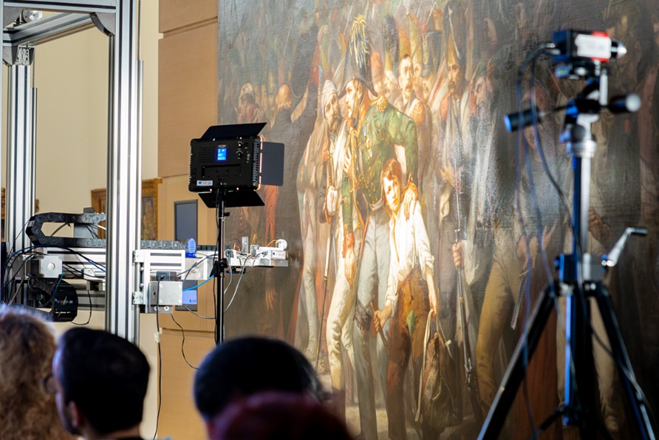
Figure 1. Snapshot from the presentation
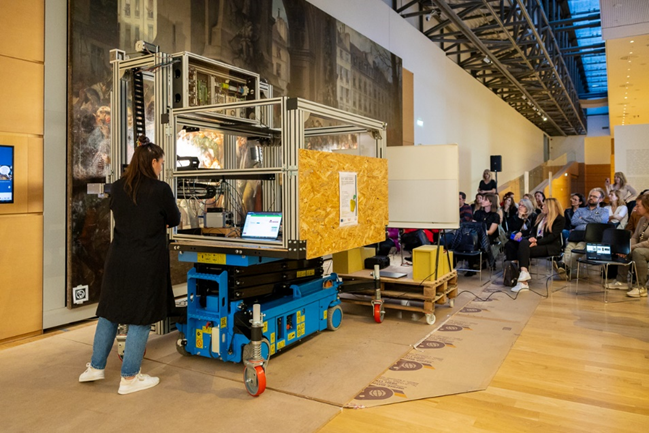
Figure 2. Snapshot from the presentation
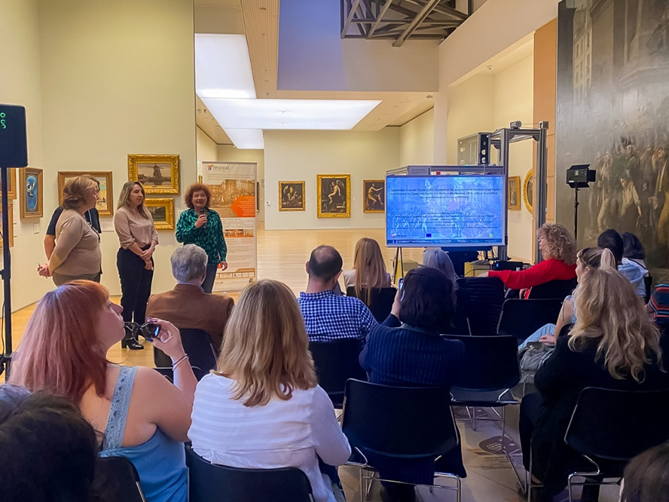
Figure 3. Ms. Syrago Tsiara, Director of the National Gallery – Alexandros Soutsos Museum.
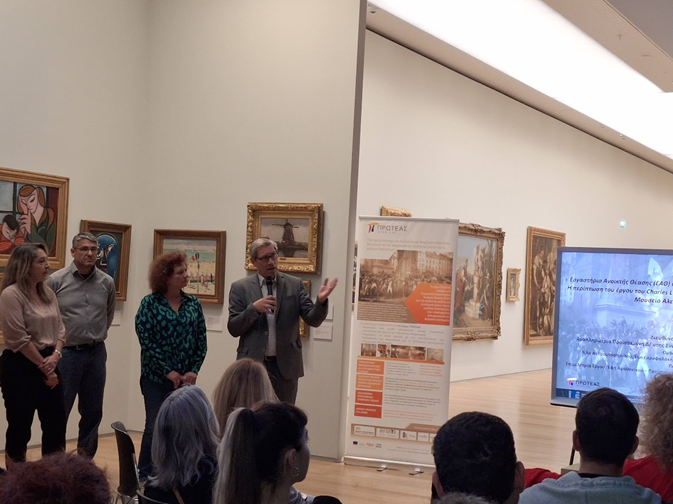
Figure 4. Professor Dimitris Plexousakis, Director of the Institute of Computer Science of FORTH, Coordinator of the PROTEAS project.
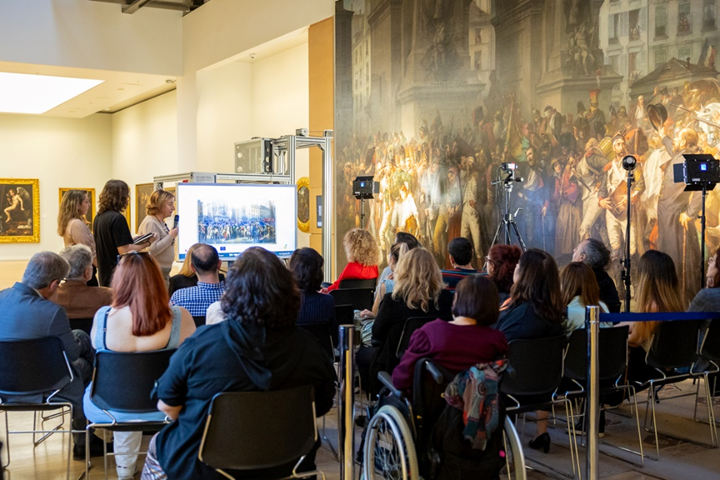
Figure 5. Ms. Efi Agathonikou, Head of the Collections, Museological and Artistic Planning Department of the National Gallery – Alexandros Soutsos Museum, Scientific Officer of the PROTEAS project.
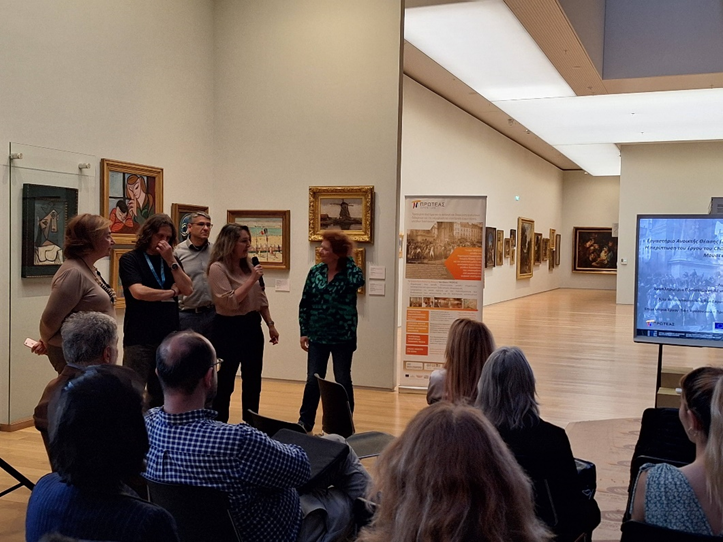
Figure 6. Ms. Agni Terlixi, Deputy Head of the Department of Conservation and Restoration of Works of Art in the National Gallery – Alexandros Soutsos Museum.
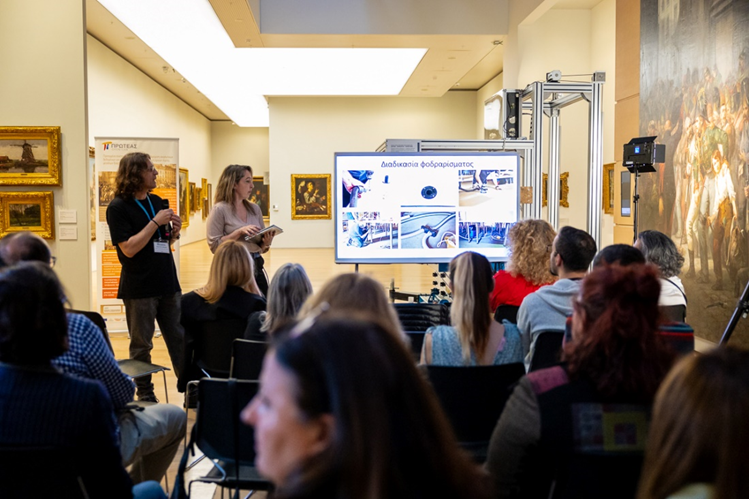
Figure 7. Mr. Panagiotis Robakis, Conservator of Works of Art in the National Gallery – Alexandros Soutsos Museum.
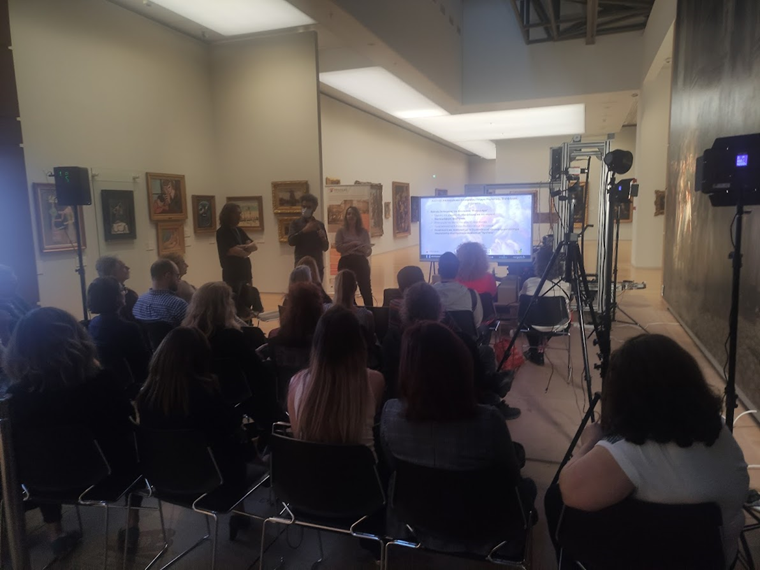
Figure 8. Mr. Elias Kalisperakis, co-founder of up2metric P.C.
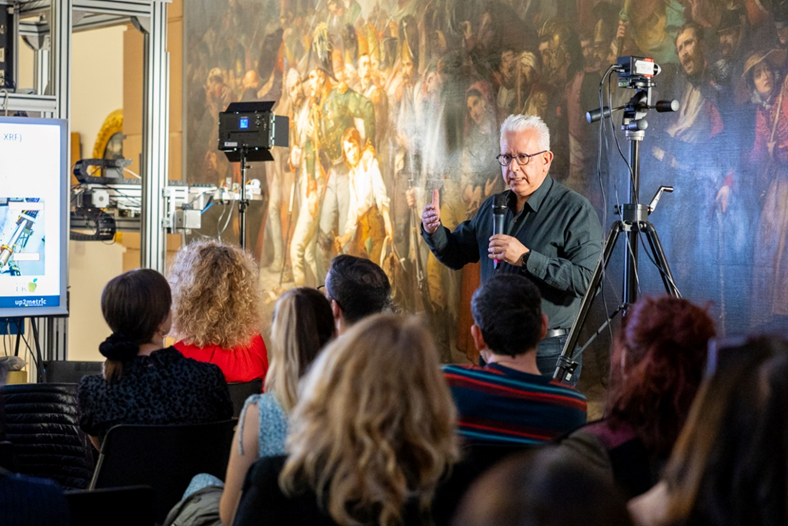
Figure 9. Mr. Andreas Karydas, Research Director at the Institute of Nuclear and Particle Physics of the National Research Centre “Demokritos”.
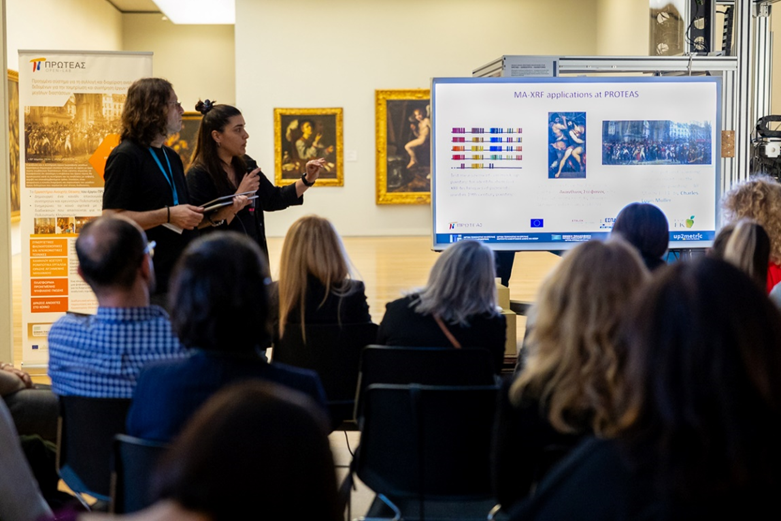
Figure 10. Ms. Kalliopi Tsampa, Research Assistant at INPP-NCSR Demokritos.
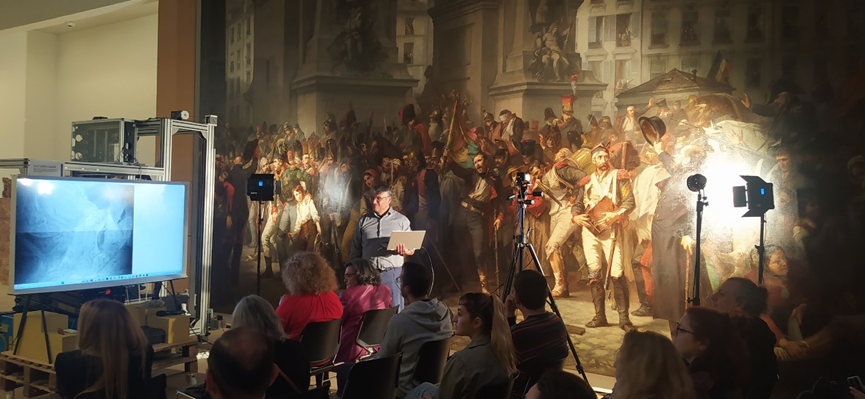
Figure 11. Mr. Kostas Hatzigiannakis, Research Scientist at the Institute of Electronic Structure and Laser at FORTH.
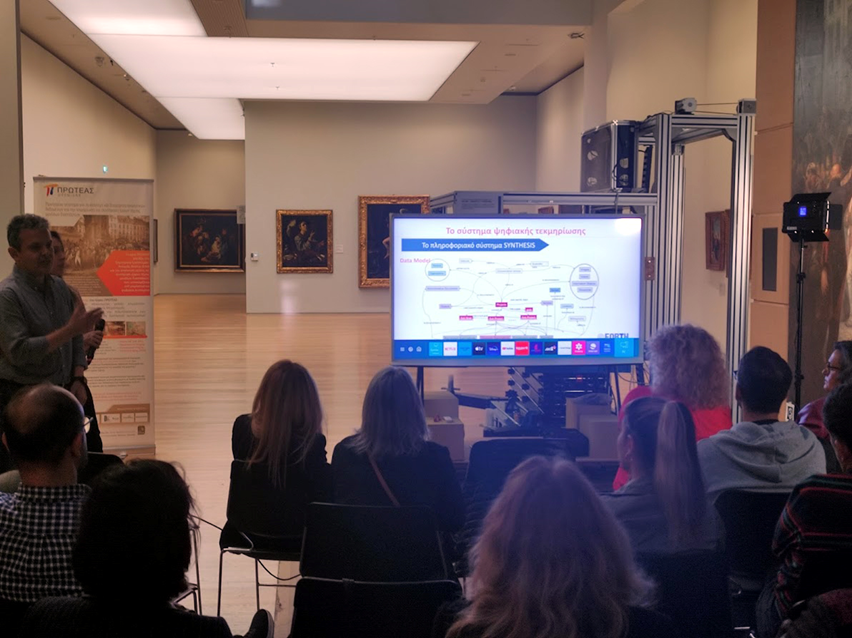
Figure 12. Mr. Dimitris Angelakis, R&D Engineer at the Institute of Computer Science of FORTH.








